What is DRHP - Draft Red Herring Prospectus?
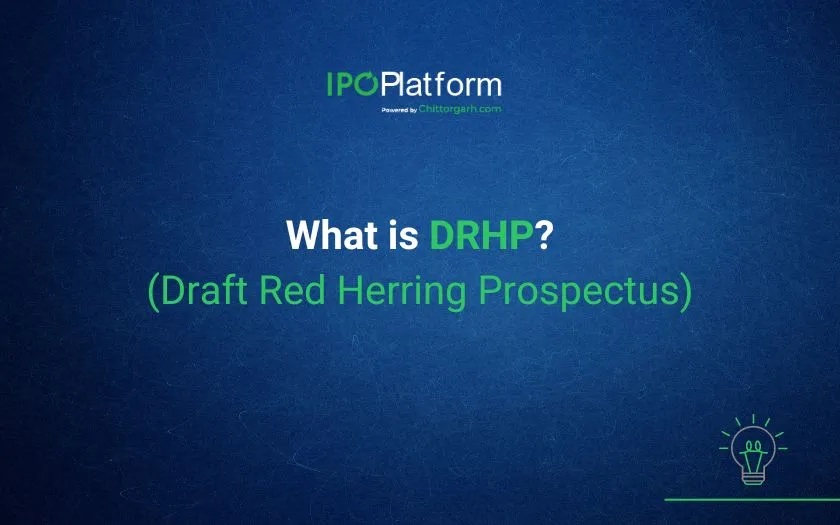
What is Draft Red Herring Prospectus?
The Draft Red Herring Prospectus (DRHP) is a crucial document for a company planning to go public through an Initial Public Offering (IPO). It must be approved by the Securities and Exchange Board of India (SEBI) and relevant stock exchanges, depending on whether it's a mainboard IPO or a Small and Medium Enterprises (SME) IPO.
DRHP is the preliminary document filed by the respective merchant banker of the IPO before filing the RHP (Red Herring Prospectus). RHP is the final version that is filed after the approval of DRHP by respective stock exchanges (BSE SME, NSE SME/Emerge) or SEBI.
The DRHP provides key information about the company, including an overview, IPO structure, offering details (new shares or existing ones), management, shareholder structure, risks, intended use of funds, and financial statements. However, it doesn’t include the target amount to be raised, share price, or number of shares offered at this stage of initial public offering fund raise.
Once the DRHP is public, it's available on the websites of the Issuer company, SEBI, stock exchanges, and merchant bankers in India, allowing the public to review and comment. After considering the feedback, the Merchant Banker will make updates and submit the Prospectus (RHP) to SEBI, the Registrar of Companies (ROC), and the stock exchanges.
What is the validity period for DRHP?
After the DRHP has been filed, SEBI/Stock Exchanges issues an observation letter stating it’s queries on information mentioned in DRHP. The merchant banker along with the IPO bound company has to address the queries and provide necessary clarifications. The round of queries could continue until the stock exchanges/SEBI is fully satisfied. After all the queries have been addressed and resolved, the SEBI/Stock exchanges grants an approval on DRHP known as “In principle approval”. The company can bring IPO within 12 months from the date of receiving the “In principle approval”.
After receiving the DRHP approval, merchant banker files RHP, which serves as a more comprehensive document.
What is RHP (Red Herring Prospectus)?
The RHP includes detailed information about the company, its operations, IPO related information such as Issue size and price band, as well as the risks associated with the investment.
All the suggestions and the changes given by SEBI/Stock exchanges has to be incorporated in the RHP.
On filing of RHP, SEBI conducts a thorough review to ensure that the document meets regulatory standards, safeguarding investors' interests and maintaining market integrity. It also ensures that all the changes suggested duly form part of RHP. During RHP stage, companies typically employ strategies like roadshows, presentations, and investor meetings to engage potential investors.
The RHP serves as a vital prospectus for communicating the investment opportunity, showcasing the company's strengths and growth prospects to generate interest and build investor confidence.
What role does IPO Advisors play in successful IPO?
IPO Advisors play an important role in successful launch of an IPO. Their advisory role from IPO readiness, selecting the best merchant banker in India for SME IPO, various due diligence activities and IPO valuation guides the company throughout the IPO Issue and listing process. IPO platform in India provides information on upcoming IPOs on NSE Emerge and BSE SME and list of merchant bankers and anchor investors. Role of IPO advisor is important in the success of the listings.
DRHP vs RHP
| Basis | DRHP | RHP |
|---|---|---|
| Meaning |
DRHP is an initial offer document, which is the preliminary step in the journey of IPO. Also known as the draft offering document. |
RHP is the prospectus which incorporates all observations made by SEBI /stock exchanges and constitutes an official document to sell the shares. Also known as Red Herring Prospectus. |
| Information |
It contains all information relating to business profile, company overview, restated financials, peer data and Issue related information. |
Apart from information in DRHP, it includes IPO size and IPO price band and changes suggested by SEBI/SME platforms. |
| Issue Type |
Book-Building Issue: It does not contain the Issue price and number of shares. Fixed Price Issue: It contains the issue size, price, and total number of offered shares. |
Book-Building Issue: It includes Issue dates and updated financials. Fixed Price Issue: There is no RHP in case of fixed price Issue. DRHP and Final Prospectus need to be filed. |
| Purpose |
A primary document to seek SEBI approval for launching an IPO and to gather feedback from the public. |
A final version of DRHP that includes all changes and discloses the IPO Issue size and IPO price band. |
| Filing |
Filed and submitted on the website of NSE/ BSE exchanges or SEBI at the time of application submission. |
Similarly, RHP is filed on the relevant website on DRHP approval. |
| Mandatory |
DRHP is the first step and all kind of Issue types, whether book built or fixed price has to mandatorily filed for every IPO. To be approved by relevant stock exchanges in case of SME IPO and by SEBI in mainboard IPO. |
The Red Herring Prospectus (RHP) is required for book-built issues updated with price band and other Issue details. For Fixed-price issues, the final prospectus is issued directly, as the price is predetermined, and no RHP is needed. To be approved by relevant stock exchanges in case of SME IPO and by SEBI in mainboard IPO. |
What is an Addendum to the DRHP?
Addendum is filed along with filing of RHP which states the modifications and changes made to the DRHP as per the SEBI or relevant stock exchanges. The information in the Addendum supplements the Draft Prospectus and updates on the changes made in the DRHP.
What is Abridged Prospectus?
The Abridged Prospectus is filed with SEBI to send an intimation about the RHP filed of any New Offer. An abridged prospectus is a shortened version of the full prospectus (RHP) that highlights essential information about an investment offering and it includes key details about the company, the offering, financial highlights, and important risks.
This document helps potential investors quickly understand the key points without going into extensive detail, while still meeting regulatory requirements.
What is the meaning of Final Prospectus?
The IPO prospectus is the final document that provides all the important details about the offering, including the offering price, the number of shares available, and the total size of the net offering. It also includes the fees and expenses relating to the Issue and is the final version for public opening of securities.
Why DRHP is important for Mainboard IPO and SME IPO?
-
Regulatory Approval: The DRHP must be approved by the Securities and Exchange Board of India (SEBI) and relevant stock exchanges. This approval is essential for the IPO to proceed.
-
Information Disclosure: It provides detailed information about the company, including its overview, IPO structure, management, shareholder details, and financial statements. This transparency helps investors to make informed decisions.
-
Risk Assessment: The DRHP outlines potential challenges and risks associated with the IPO of a company.
-
Public Feedback: Once released, the DRHP is available on the websites of the Issuing company, SEBI, stock exchanges, and merchant bankers in India. This allows the public to review it and give feedback, which is vital for building trust.
-
Fund Utilization: The document explains how the company plans to use the funds raised from the IPO, which is important for investors to know.
Why it is important for investors?
The Draft Red Herring Prospectus (DRHP) is a key document for anyone interested in investing in an IPO. It provides a wealth of information that helps investors to make informed decisions.
The Investors can focus on the most important sections of DRHP. One might look for what attracts investors to a company, such as its financial health and growth potential. Additionally, information on key areas can be gathered such as the management team, their experience, and skills, as these factors can greatly influence a company’s success.
Understanding the industry overview is also crucial; it offers insights into the environment the company operates in, which can help explain what attracts investors. Finally, knowing when to look for investors is essential, as timing can impact the success of the IPO. By concentrating on these key areas, one can gather valuable information without having to wade through the entire document.
What are DRHP Chapters?
Following chapters are included in DRHP:
-
Introduction about the Issue
-
Capital Structure
-
Particulars of the Issue (objects of the Issue, basis for Issue price)
-
Industry/Sector Overview (Promoter and promoter group)
-
Company Overview
-
Financial Information of the company (Restated financials, Management Discussion and Analysis of Financial conditions and Results of operations)
-
Issue Information (Basis for IPO valuation and Issue structure)
-
Legal and other information
What key information does a DRHP typically contain?
A Draft Red Herring Prospectus (DRHP) typically contains the following key information:
-
Company Overview: It provides general information about the incorporation and business of the company. Highlights the key factors that would lead to future growth of the company with funding. Understanding this overview is crucial for assessing the company’s potential in the context of initial public offering fund raising. States the strength and weaknesses of the company in the market it operates.
-
Financial Statements: It provides the overview of the historical financial data, including income statements, balance sheets, and cash flow statements. Restated financials are to prepared for the purposes of IPO as per SEBI (ICDR) regulation 2018. These restated financials are an important part of the DRHP for investors.
-
Management and Leadership: It gives information about the promoter and promoter group history and experience which infuses confidence in a company. Key data about entire management including board of directors, senior management, Key managerial personnel with their qualifications and experience.
-
Risk Factors: There is separate chapter, “RISK ASSESSMENT” in DRHP which gives an overview of risk factors associated with the company internally as well as externally. Assessing the risk factors associated with the company is important for investors for IPO analysis and also provides the possible measures to each risk factor.
-
Objects of Offer: Objects of offer gives details on the utilization of funds raised through IPO. The funds can be utilized towards working capital requirements, repayment of existing debt, capital expenditure and not more than 25% of the Issue Size can be used for General Corporate Purposes.
-
Industry Overview: It gives insights into the industry landscape, market trends, and competitive analysis at global level. It helps to provide an overview and market dynamics of the industry or sector in which the company operates. Data on Gross Domestic Product (GDP), per capita income, a macroeconomic overview of India, and market information related to the industry is also available.
-
Legal and Regulatory Disclosures: It provides the information relating to any legal proceedings or regulatory issues faced by the company. These legal disclosures may include contingent liabilities and tax litigations surrounding the company. The litigations so disclosed may not affect the credibility of the company nevertheless it is a mandatory disclosure.
-
Shareholding Pattern: It gives the full disclosure of the details of the shareholding pattern of the company. It includes the details of the shares held by any promoter and promoter group, any other director. Pre and Post Issue shareholding is required to be disclosed in the DRHP.
-
Offer Details: It gives information on the number of shares being offered, pricing, and underwriting.
The SME IPO Issue details includes:
|
PRESENT ISSUE IN TERMS OF THIS DRAFT RED HERRING PROSPECTUS |
|
|
Equity Shares Offered through Public Issue |
xxx |
|
Out of which: |
xxx |
|
Market Maker Reservation Portion |
xxx |
|
Net Issue to the Public |
xxx |
|
Out of which |
xxx |
|
QIB Portion |
xxx |
|
Of which |
xxx |
|
Anchor Investor Portion |
xxx |
|
Net QIB Portion (assuming Anchor Investor Portion is fully subscribed) |
xxx |
|
Of which |
xxx |
|
Available for allocation to Mutual Funds only (5% of the Net QIB Portion) |
xxx |
|
Balance of QIB Portion for all QIBs including Mutual Funds |
xxx |
|
Non-Institutional Portion |
xxx |
|
Retail Portion |
xxx |
|
Pre and Post – Issue Equity Shares |
|
|
Equity Shares outstanding prior to the Issue |
xxx |
|
Equity Shares Outstanding after the Issue |
xxx |
|
Use of Net Proceeds by the Company |
Refer to objects of offer in DRHP |
-
Future Plans: It also provides the details of the future projects and their strategies about the future goals of the company. It gives information on how the fund raise would boost the operations of the company over a long term for benefit of the investors. Consistency and value creation could progress the company towards migration to mainboard.
What is the Role of IPO Advisors?
IPO advisor provides expert advice on the overall structure of the IPO, helping the company understand regulatory requirements and market conditions specific to small and medium enterprises. They act as intermediaries between the company and regulatory bodies, facilitating communication and addressing any queries during the documentation process of the DRHP.
Thereby SME IPO Consultants play an important role to smoothen the process of IPO while the promoters focus on business growth.
What is the role of Merchant Banker in IPO while preparing the Draft Red Herring Prospectus (DRHP)?
The role of a Merchant Banker in preparing the Draft Red Herring Prospectus (DRHP) includes several key responsibilities:
-
Preparation and Drafting: They assist in drafting the DRHP, ensuring that all necessary information is included and presented clearly. This involves coordinating with the company’s management, legal advisors, and financial consultants to tailor the document for an SME context.
-
Regulatory Compliance: SME IPO merchant bankers ensure that the DRHP complies with the guidelines set by the Securities and Exchange Board of India (SEBI) and relevant stock exchanges.
-
Due Diligence: They conduct thorough due diligence to verify the accuracy of the information provided in the DRHP, including financial data, risk factors, and legal disclosures of the company to get a fair view of the Issuer. Due Diligence includes Business due diligence, Financial due diligence, Secretarial due diligence. Outside agencies are hired for carrying out the due diligence process.
-
Market Assessment: Merchant bankers analyze market trends and investor sentiment to help the company determine the appropriate pricing and timing for the IPO.
-
IPO Valuation: IPO valuation is crucial in the IPO process, as it directly influences the size of the offering. In India, merchant bankers, also known as underwriters, play a key role in determining IPO pricing. Their expertise helps ensure a fair valuation for the company entering the market
Conclusion
The Draft Red Herring Prospectus (DRHP) is a vital document in the Initial Public Offering (IPO) process, serving as a preliminary outline for companies looking to go public. It requires approval from the Securities and Exchange Board of India (SEBI) and relevant stock exchanges, and must contain crucial information about the company's operations, financials, and risk factors. The DRHP lays the groundwork for the final Red Herring Prospectus (RHP), which includes essential details like the IPO size and price band. Merchant bankers play a key role in drafting the DRHP, ensuring regulatory compliance, conducting due diligence, and providing market assessments that influence IPO valuation.
This thorough process not only aids in regulatory approval but also builds investor confidence, ultimately facilitating a successful IPO on platforms like the BSE SME. By addressing public feedback and refining the offer, companies can effectively communicate their growth potential and attract the right investors, paving the way for future success.


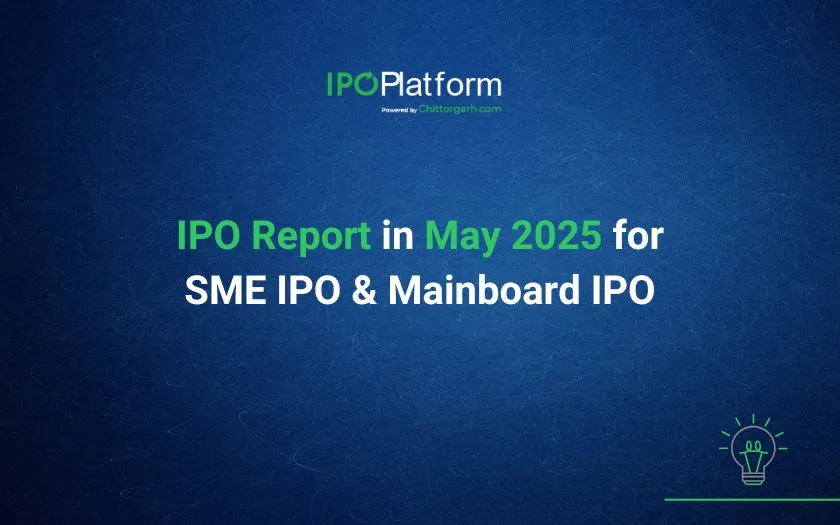
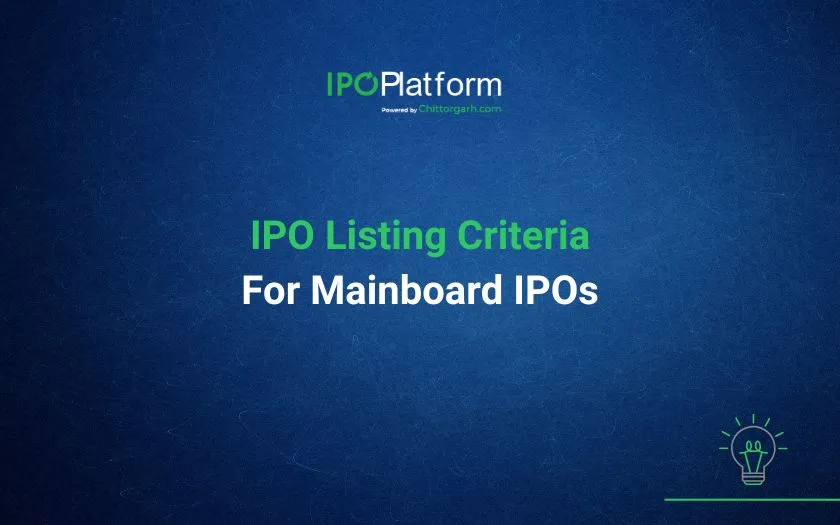
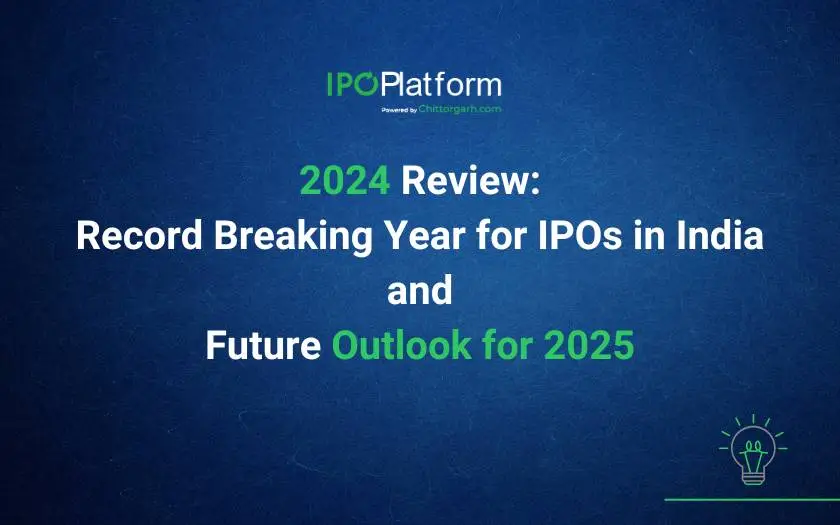
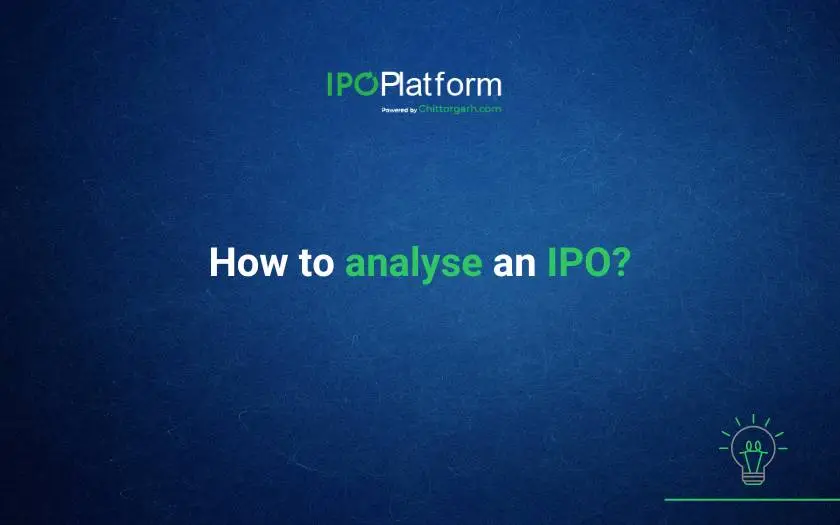
0 Comments